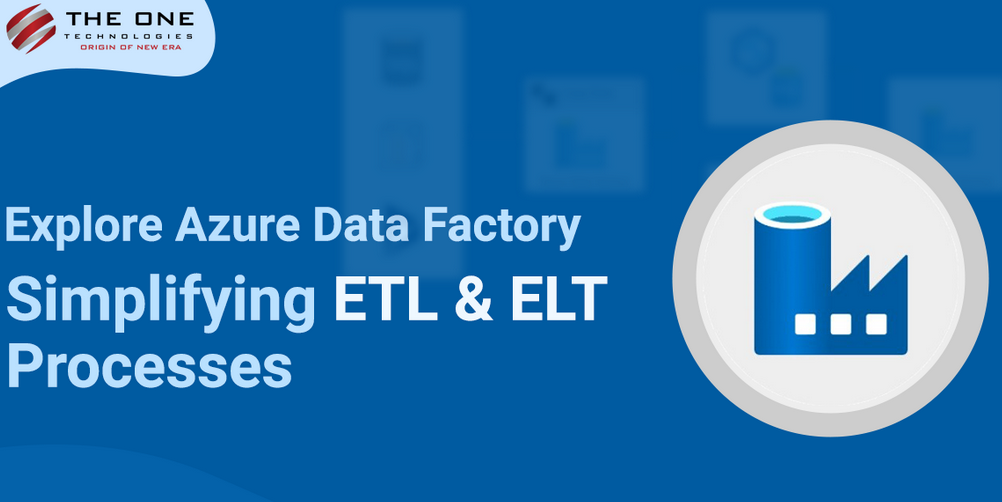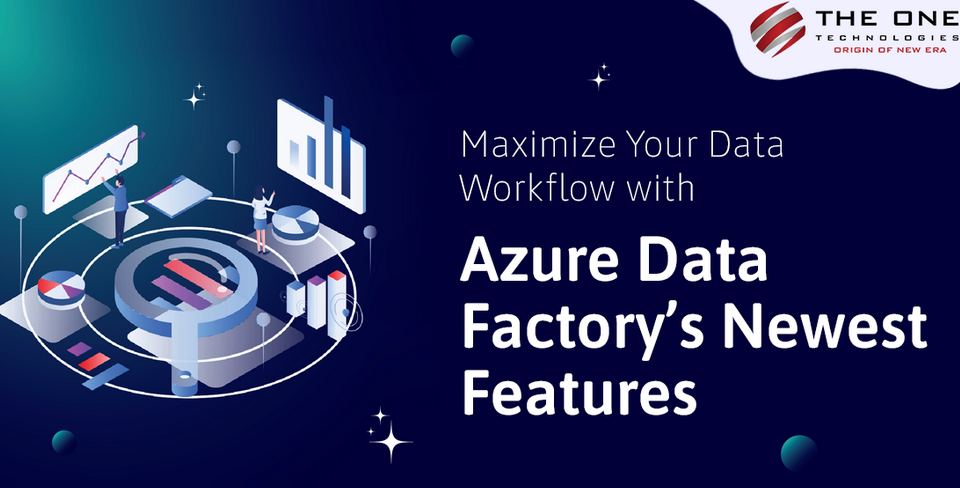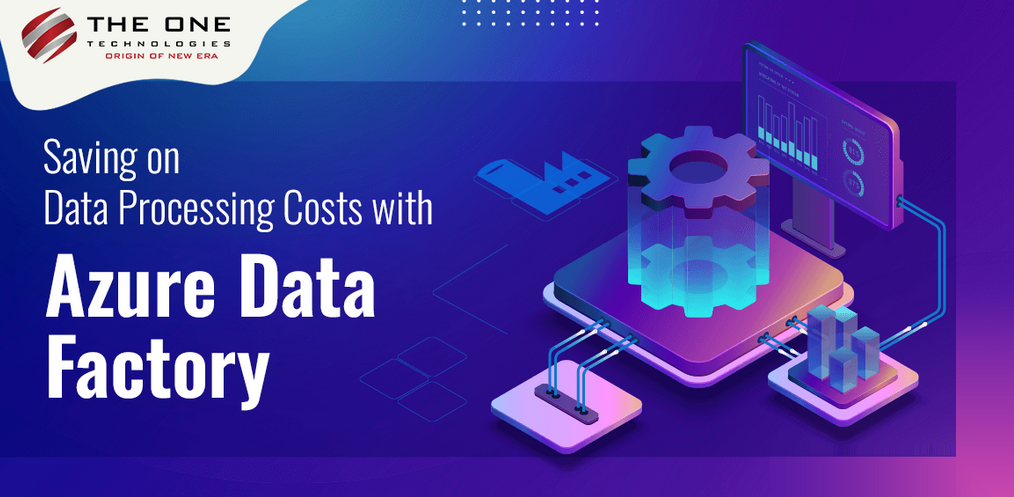Optimized query statistics make the queries that run on your database perform faster. The query optimizer runs automatically, so in most cases the query plan, as shown in Figure 9.23,
Category: Implement Azure RBAC for ADLS

Monitor Cluster Performance – Monitoring Azure Data Storage and ProcessingMonitor Cluster Performance – Monitoring Azure Data Storage and Processing
When you see the word cluster, your mind should navigate to the Apache Spark context. When running your data analytics on the Azure platform, you then need to determine if

Azure Stream Analytics – Monitoring Azure Data Storage and ProcessingAzure Stream Analytics – Monitoring Azure Data Storage and Processing
The same monitoring‐related features exist for Azure Stream Analytics as for other Azure products: alert rules, metrics, diagnostic settings, and logs. In addition to those, Azure Stream Analytics has a

APACHE SPARK APPLICATIONS – Monitoring Azure Data Storage and ProcessingAPACHE SPARK APPLICATIONS – Monitoring Azure Data Storage and Processing
The Apache Spark Applications page was discussed in Chapter 6, “Create and Manage Batch Processing and Pipelines.” Figure 6.14 illustrates the details of an invocation of a Spark notebook. The

Monitoring Data Storage and Data Processing – Monitoring Azure Data Storage and ProcessingMonitoring Data Storage and Data Processing – Monitoring Azure Data Storage and Processing
EXAM DP‐203 OBJECTIVES COVERED IN THIS CHAPTER: WHAT YOU WILL LEARN IN THIS CHAPTER: As you learned in Chapter 8, “Keeping Data Safe and Secure,” before you can design a

Monitor Stream Processing – Monitoring Azure Data Storage and ProcessingMonitor Stream Processing – Monitoring Azure Data Storage and Processing
The fifth and final hub in the Azure Synapse Analytics workspace is the Monitor hub. Although you have likely looked through this hub, an overview of it has not been

LINK CONNECTIONS – Monitoring Azure Data Storage and Processing-1LINK CONNECTIONS – Monitoring Azure Data Storage and Processing-1
As of this writing, link connections are in preview. They are currently supported only with Azure SQL database and SQL server. When either of those datastores is linked with a

Create an Azure Storage Account and ADLS Container with a VNet – Keeping Data Safe and SecureCreate an Azure Storage Account and ADLS Container with a VNet – Keeping Data Safe and Secure
FIGURE 8.51 Adding an Azure storage account with an ADLS container to a VNet FIGURE 8.52 The Azure storage account VNet configuration Provisioning Azure resources should not be anything new

Use an Azure Key Vault Secret to Store an Authentication Key for a Linked Service – Keeping Data Safe and SecureUse an Azure Key Vault Secret to Store an Authentication Key for a Linked Service – Keeping Data Safe and Secure
FIGURE 8.43 Access key in Key Vault from a blob linked service failure FIGURE 8.44 Access key from Key Vault to blob linked service failure By default, ADLS access keys

Connect to an ADLS Container from Azure Databricks Cluster Using ABFSS – Keeping Data Safe and SecureConnect to an ADLS Container from Azure Databricks Cluster Using ABFSS – Keeping Data Safe and Secure
FIGURE 8.41 Creating a shared, credential passthrough spark cluster FIGURE 8.42 Adding a user to an Azure Databricks workspace using RBAC The most critical part of Exercise 8.10 is the

